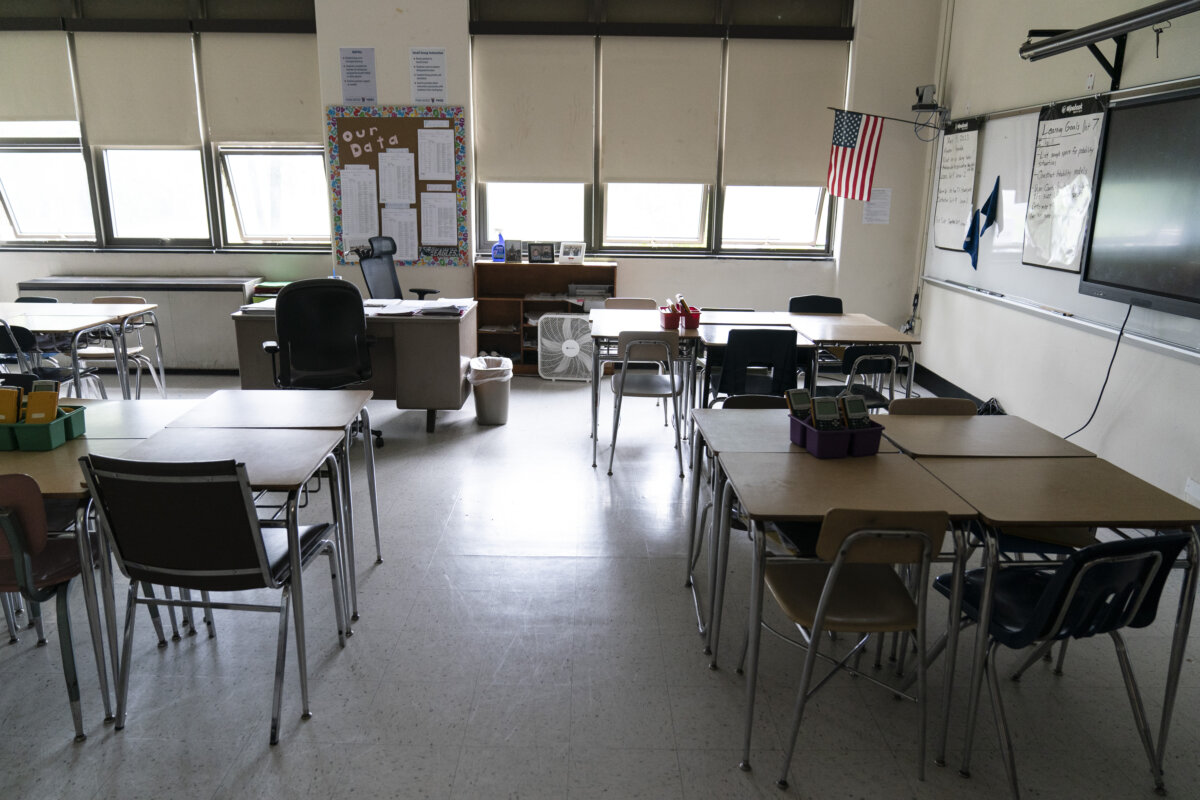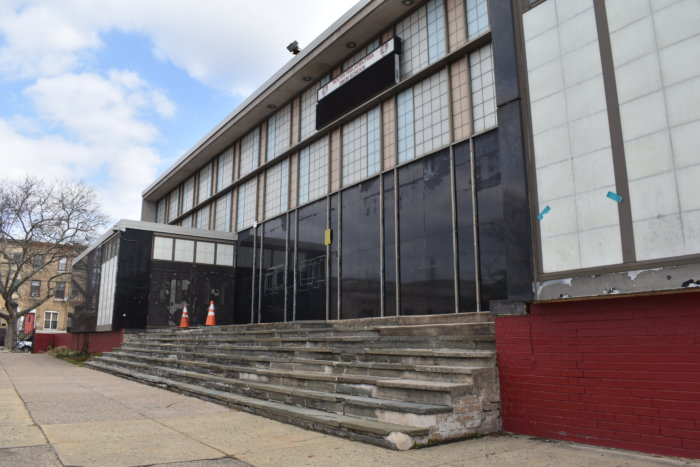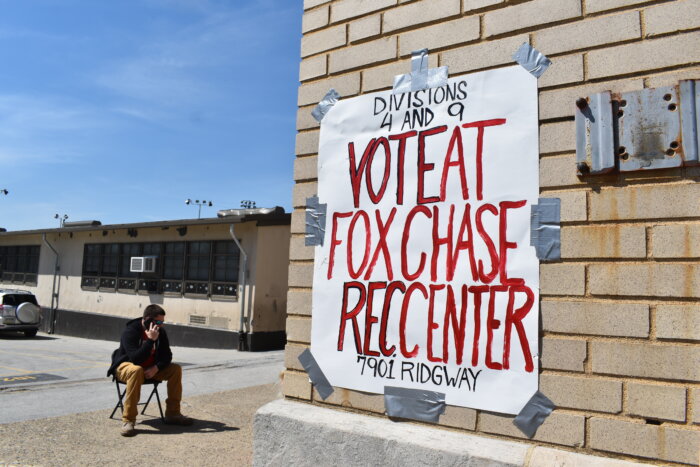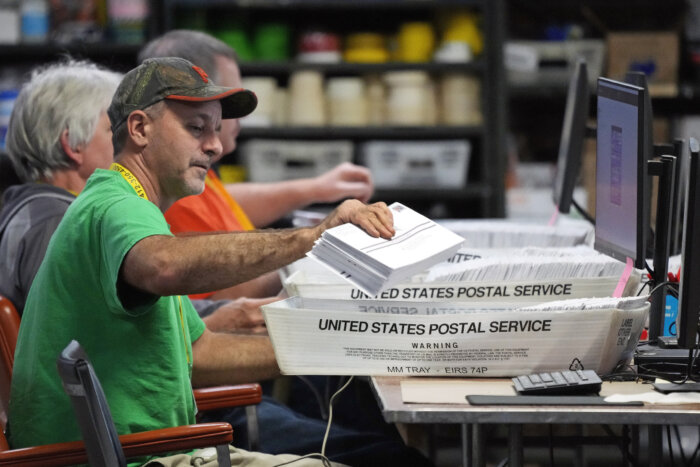By BROOKE SCHULTZ and MARC LEVY Associated Press/Report for America
A commission reviewing how Pennsylvania distributes money to public schools narrowly approved a report Thursday that suggests the state is underfunding districts by more than $5 billion and should begin immediately to close that gap.
The vote on the report by the Basic Education Funding Commission was backed by Democrats and members of Democratic Gov. Josh Shapiro’s administration. Republicans and one Democrat on the commission opposed it, resulting in an 8-7 vote.
A key recommendation in the report said the state should immediately begin to close a school funding gap of more than $5 billion, phasing in the increased aid over seven years.
The report differs somewhat from what school districts that won a landmark court case want from the state. The districts’ lawyers proposed a $6.2 billion increase in state aid to be phased in over five years.
A separate Republican report was defeated on party lines during the meeting in a Capitol hearing room.
The Democrats’ report contains only recommendations and does not require Shapiro or Pennsylvania’s politically divided Legislature to act.
But Democrats hope it at least provides a blueprint for this year’s budget, and for budgets every year after that, to respond to last year’s court decision that found Pennsylvania’s system of funding public schools violates the constitutional rights of students in poorer districts.
“This is the end of the beginning,” commission co-chair Rep. Mike Sturla, D-Lancaster, said at the meeting. “There’s still a whole lot of work to do.”
Teacher unions and lawyers for the districts that won last year’s court case cheered the Democrats’ report.
House Minority Leader Bryan Cutler, R-Lancaster, criticized the report as containing a “simply spend more money” solution to fix inadequacies in Pennsylvania’s system of school funding.
The Republican report said districts should define the instructional changes needed to boost student achievement and did not put a dollar figure on how much more, if anything, should be spent on K-12 education.
Underfunded districts are more likely to have larger class sizes, less-qualified faculty and outdated buildings, textbooks, technology and curriculum, school officials say. Many underfunded districts are fast-growing, disproportionately poor or have student bodies that are heavily minority.
The next step may arrive Feb. 6, when Shapiro must deliver his second annual budget proposal to lawmakers.
Shapiro has sounded a note of caution about how the state will pay for billions in new school funding, and made no commitment Thursday to what exactly he will propose.
Lawyers for the school districts that sued called $5 billion “transformational,” although less than they sought and rolled out on a slower timetable.
Still, it means thousands more teachers, counselors and librarians in schools, said Dan Urevick-Ackelsberg of the Public Interest Law Center, one of the nonprofit legal organizations that represented the districts in court.
“And it also is a commitment to do what the commonwealth never does: which is actually come up with a figure, a reasonable, evidence-based figure for what every school district needs to educate their children,” Urevick-Acklesberg said.
The commission was required by law to meet to provide recommendations to lawmakers on how to update a formula that is supposed to guide how roughly $8 billion in state aid is distributed to Pennsylvania’s 500 school districts.
However, Republicans and Democrats on the commission disagreed over what recommendations the commission should provide in response to the court decision.
The Democrats’ report calculated a dollar target for what each school district should receive to provide a constitutionally adequate and equitable education to students.
Current funding falls short by $5.4 billion, the report said, or about 18% of what districts spend. Of that amount, $5.1 billion is the state’s responsibility and $291 million is the responsibility of low-tax school districts, the report said.
The recommendations also say the state should resume spending at least $300 million a year to support the upkeep of school facilities and send an additional $955 million in total to school districts that have disproportionately high taxes, in theory to provide tax cuts in those districts.
The report wraps up months of hearings by the commission, which was composed of 12 lawmakers and three members of Shapiro’s administration.
































